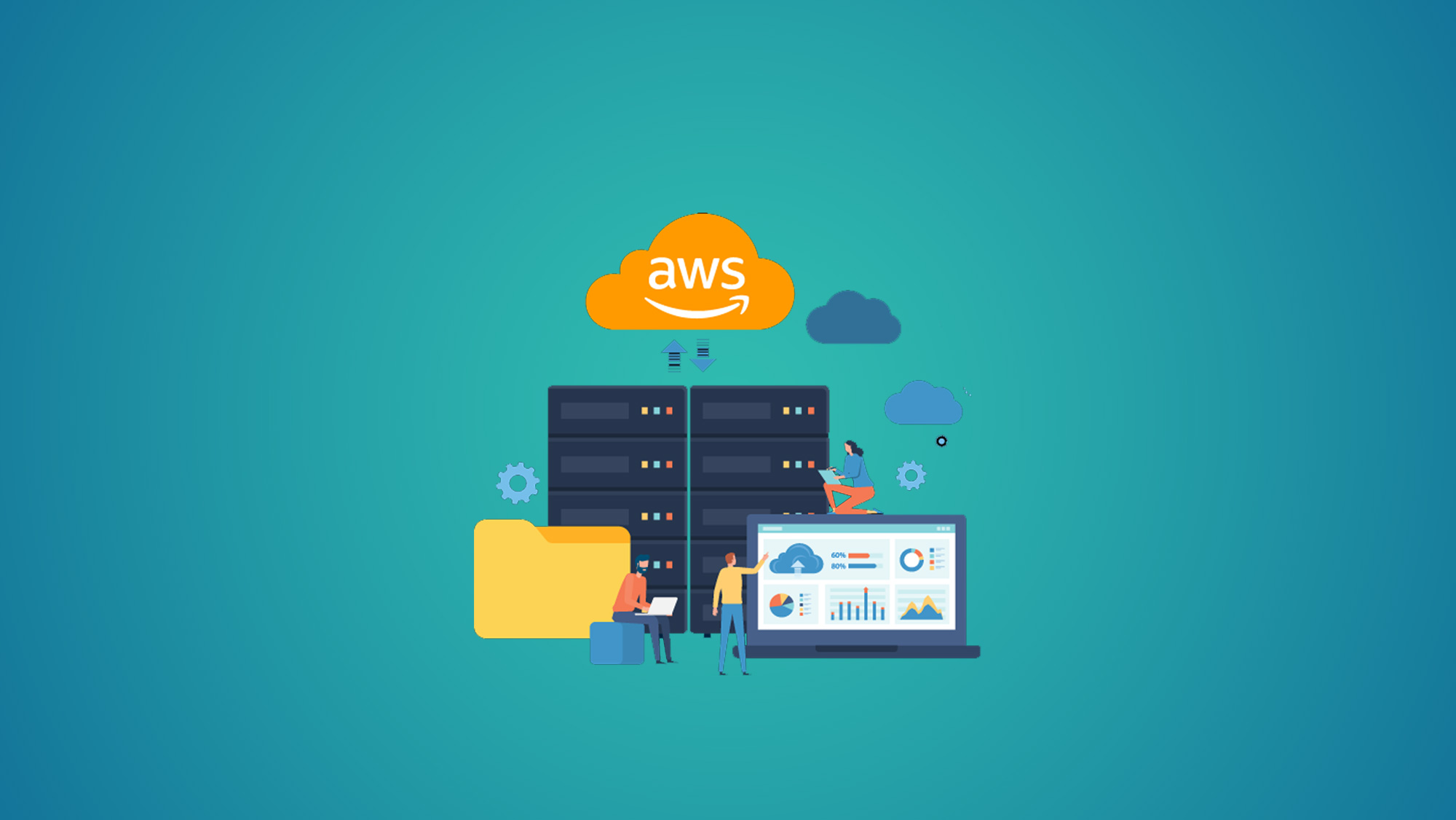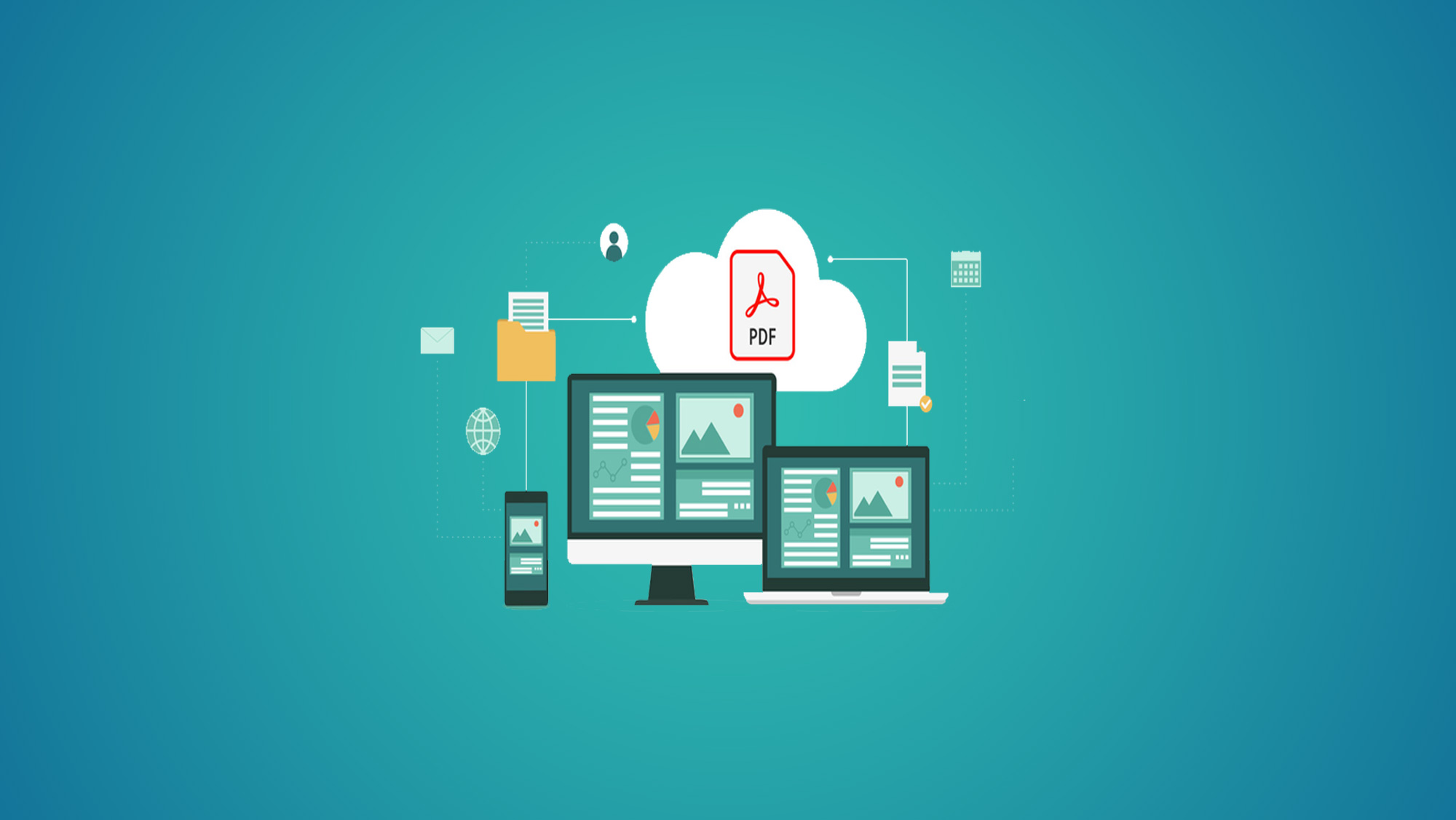Unleash the Power of Data Processing: Cassandra Crunch Training Guide
Introduction:
In today's data-driven world, effective data processing is crucial for businesses to stay competitive and make informed decisions. One powerful tool that has gained significant popularity is Apache Cassandra. With its distributed, scalable, and fault-tolerant architecture, Cassandra has become a go-to choice for managing massive amounts of structured and unstructured data. To harness the full potential of Cassandra for data processing, it is essential to equip yourself with the right skills and knowledge. In this blog, we will delve into the world of Cassandra Crunch training, guiding you through the process of unleashing the power of data processing with Cassandra.
1. Understanding Cassandra Crunch:
To kickstart your journey, it is crucial to grasp the fundamental concepts of Cassandra Crunch. Learn about its role in big data processing, its advantages over traditional databases, and how it fits into the larger Apache Cassandra ecosystem.
2. Setting Up Your Cassandra Crunch Environment:
Before diving into the training, you need to set up your development environment. Walk through the steps of installing Cassandra, Crunch, and the necessary dependencies. Configure your cluster, create keyspaces, and familiarize yourself with the essential components.
3. Mastering Cassandra Crunch Data Modeling:
Data modeling plays a vital role in optimizing data processing in Cassandra. Explore the various data modeling techniques specific to Crunch, including schema design, column families, and wide rows. Learn how to make data-driven decisions to achieve optimal performance and scalability.
4. Data Ingestion with Cassandra Crunch:
Efficiently ingesting data into Cassandra Crunch is a critical aspect of the training. Dive into various data ingestion methods, such as bulk loading, real-time streaming, and batch processing. Discover best practices for handling data formats, partitioning, and optimizing ingestion pipelines.
5. Advanced Querying and Analysis:
Unlock the true power of Cassandra Crunch by mastering advanced querying and analysis techniques. Explore Crunch's query language, CQL (Cassandra Query Language), and learn how to write complex queries for filtering, aggregation, and analytics. Discover optimization strategies to ensure high-performance data retrieval.
6. Ensuring Data Consistency and Resiliency:
As a distributed database, Cassandra Crunch offers various mechanisms for ensuring data consistency and resiliency. Learn about replication strategies, data replication factor, and handling consistency levels. Dive into fault tolerance mechanisms like replication factor, hinted handoff, and read/write repair.
7. Monitoring and Troubleshooting:
No training guide is complete without addressing monitoring and troubleshooting. Understand the key metrics to monitor in a Cassandra Crunch cluster and explore effective monitoring tools. Learn how to identify and resolve common issues that may arise during data processing operations.
8. Real-World Use Cases and Best Practices:
To bring your training to a practical level, explore real-world use cases where Cassandra Crunch shines. Discover how organizations leverage Cassandra Crunch for high-speed analytics, real-time recommendation systems, and large-scale data processing. Learn from best practices and success stories of companies that have harnessed the power of Cassandra Crunch.
Conclusion:
With the explosive growth of data, businesses need robust and scalable data processing solutions. Cassandra Crunch, with its distributed architecture and powerful features, has emerged as a leading choice. By following this training guide, you will gain the knowledge and skills needed to unlock the power of data processing with Cassandra Crunch. Embrace the potential of this versatile tool and embark on a journey of empowering your business with efficient data processing capabilities.
You May Also Like
These Related Stories

Mastering AWS Development: Unlocking the Power of Cloud Computing

Unleash Your Coding Potential: Essential .NET Training for Developers




No Comments Yet
Let us know what you think